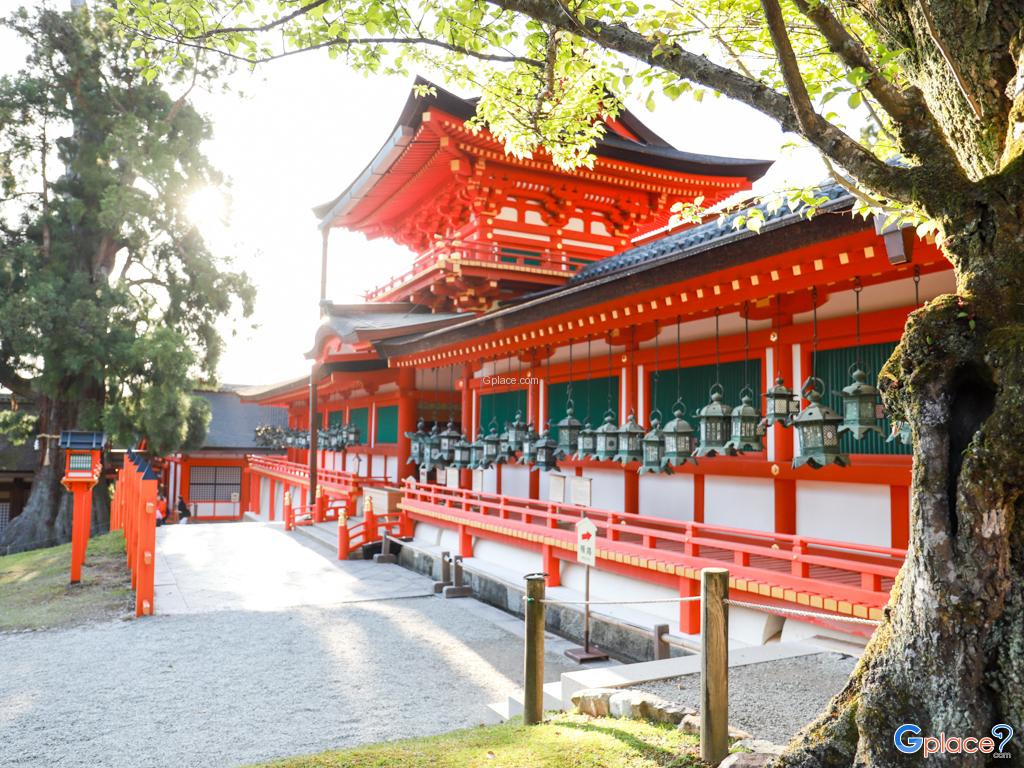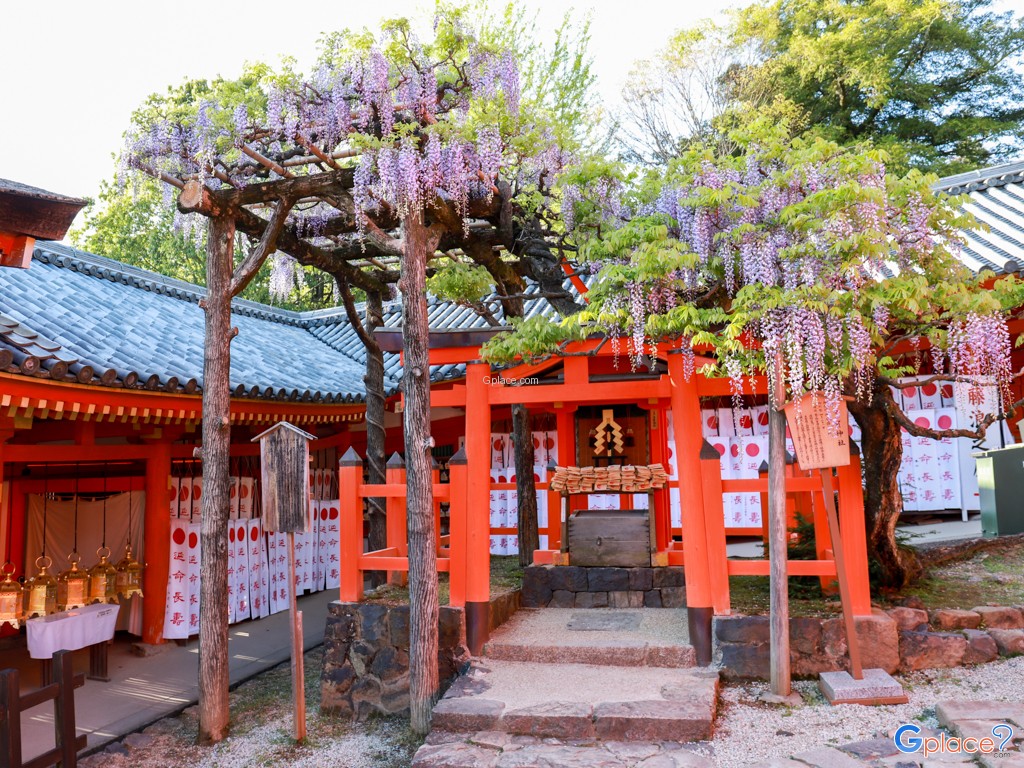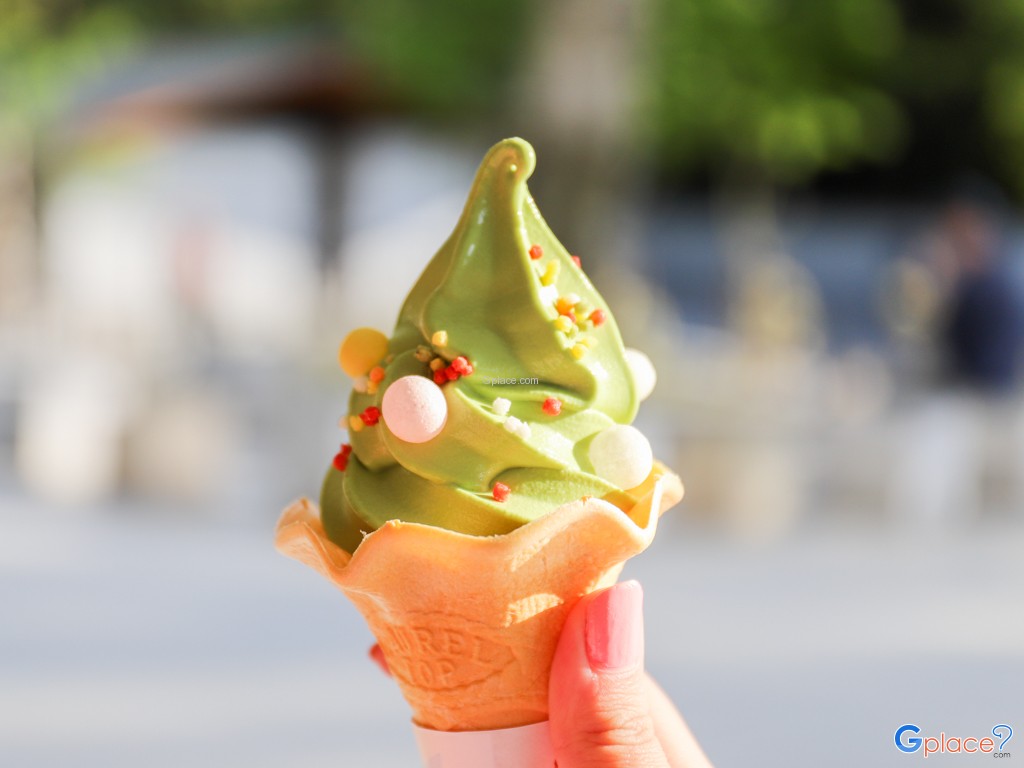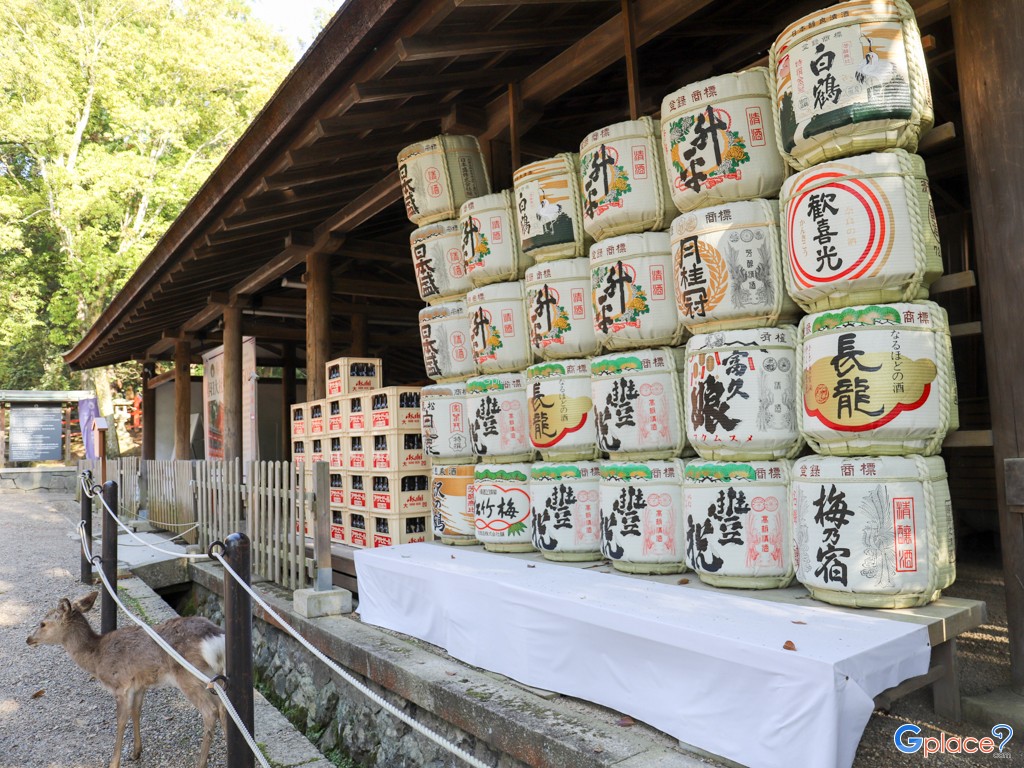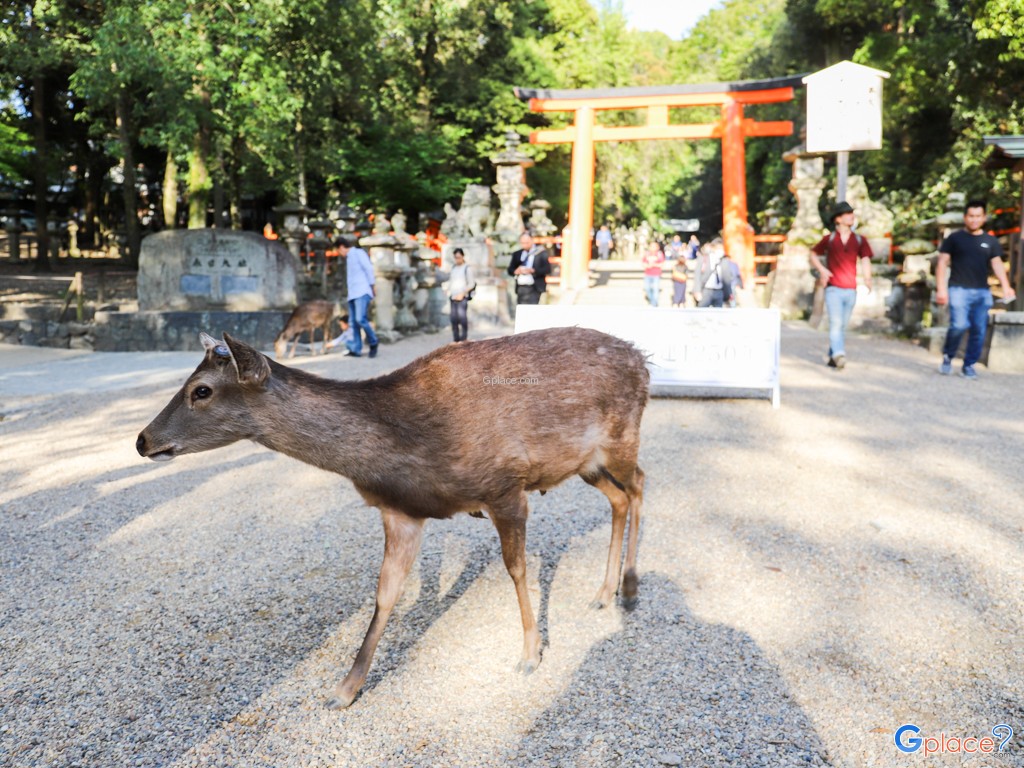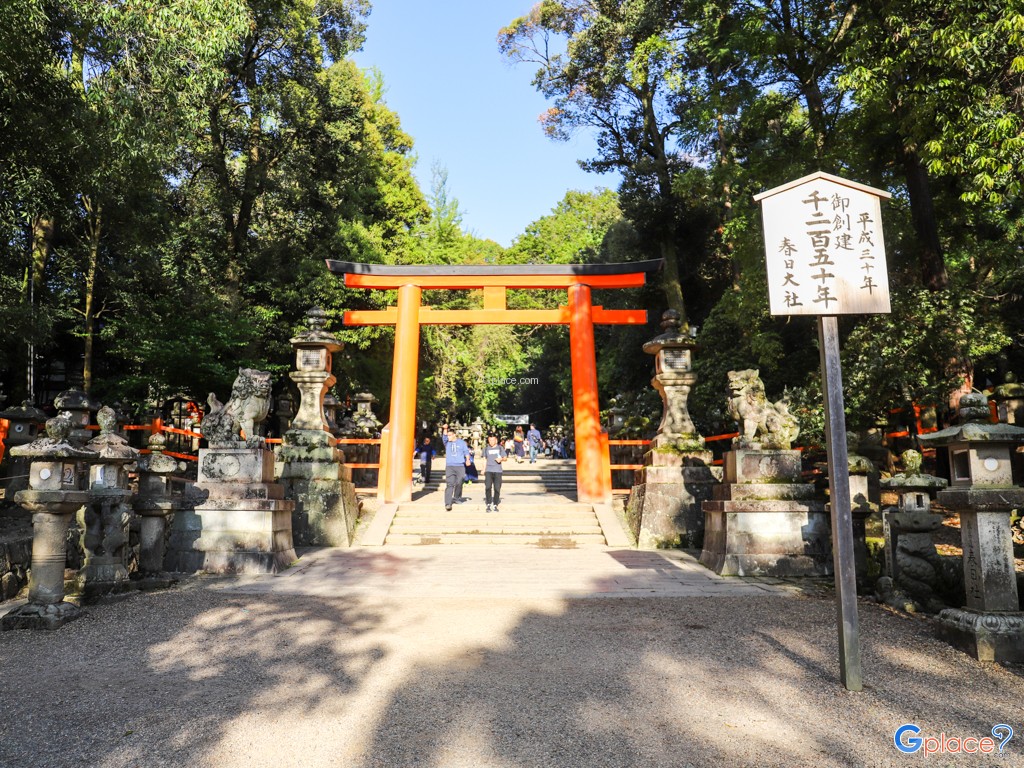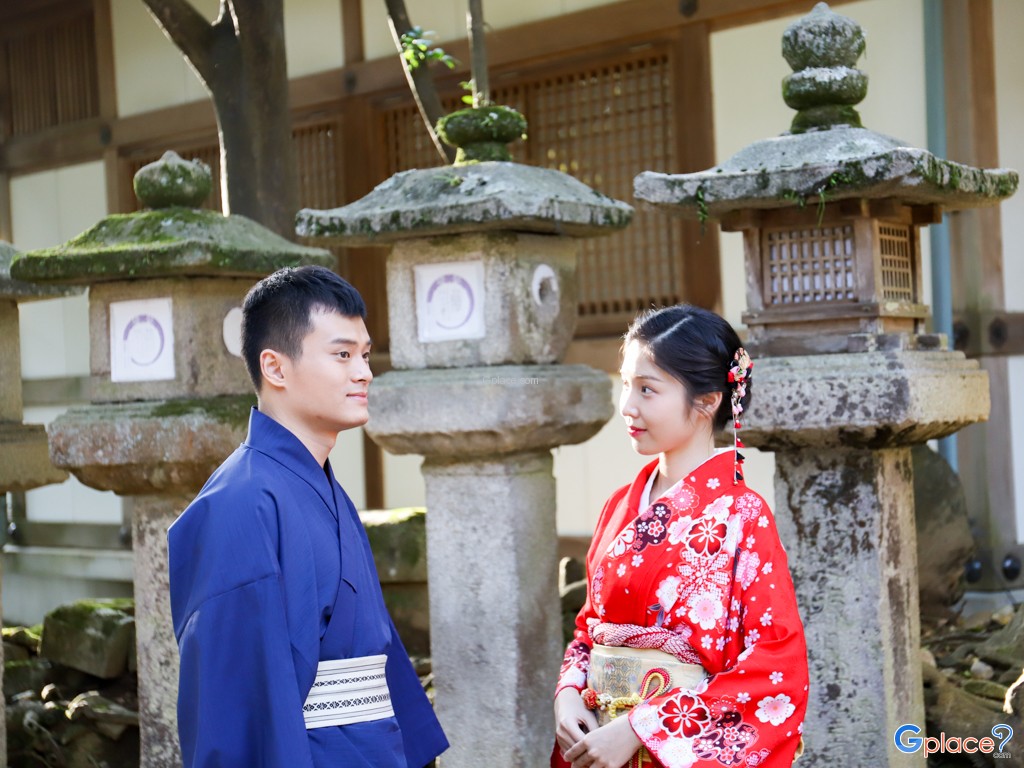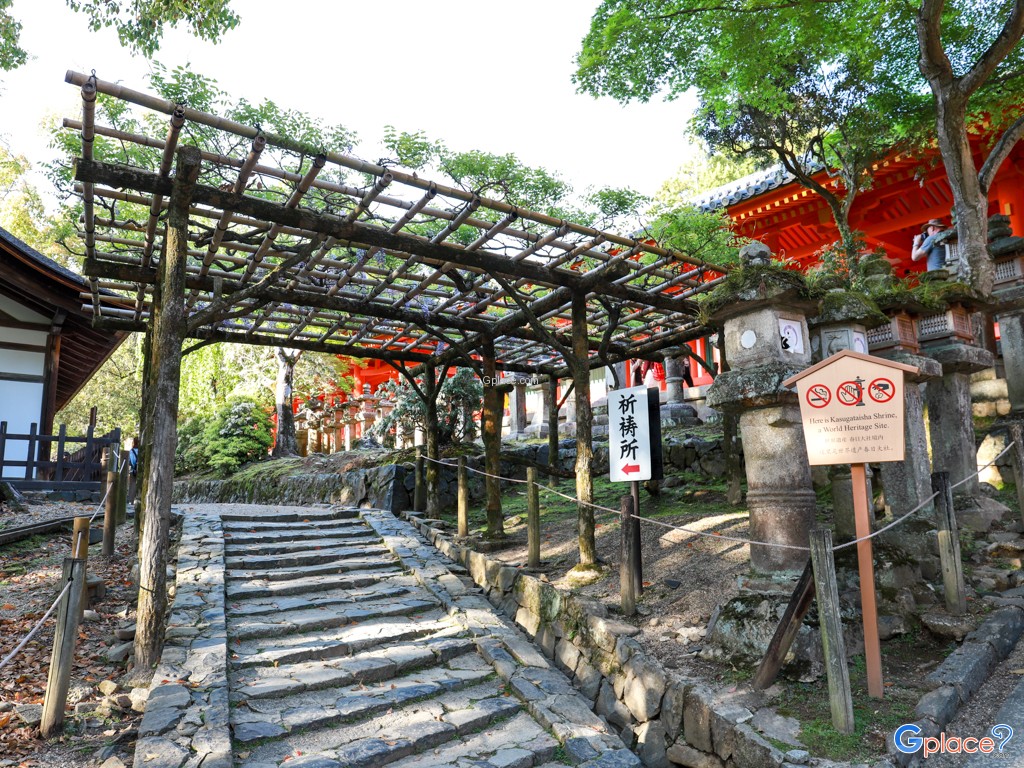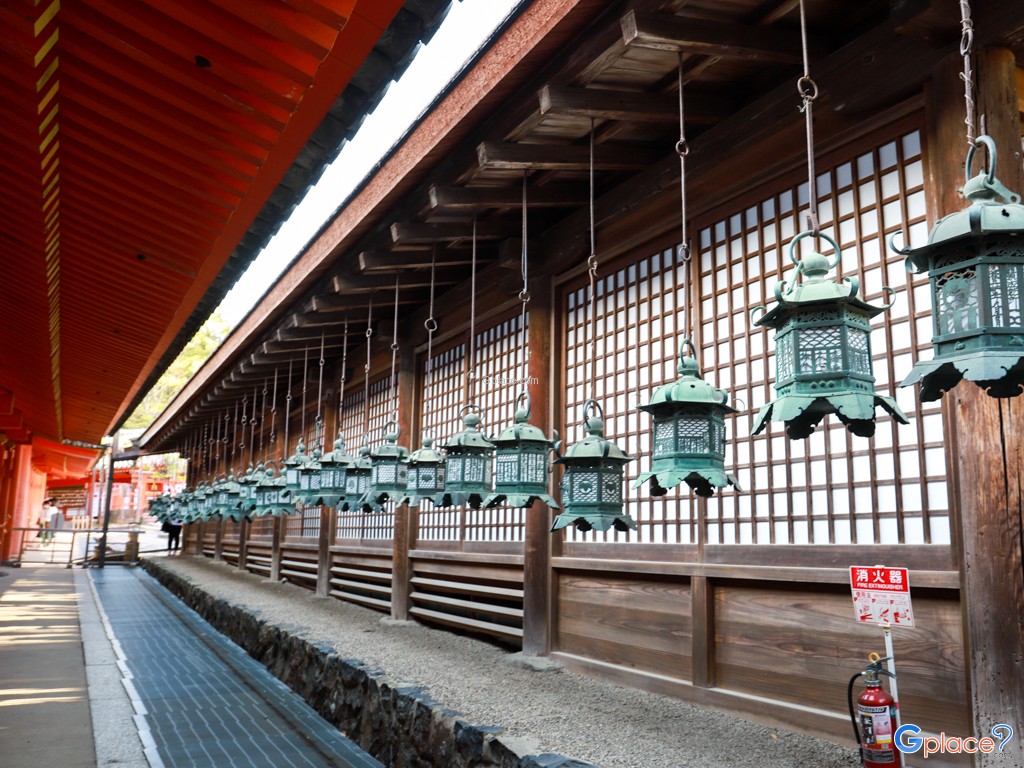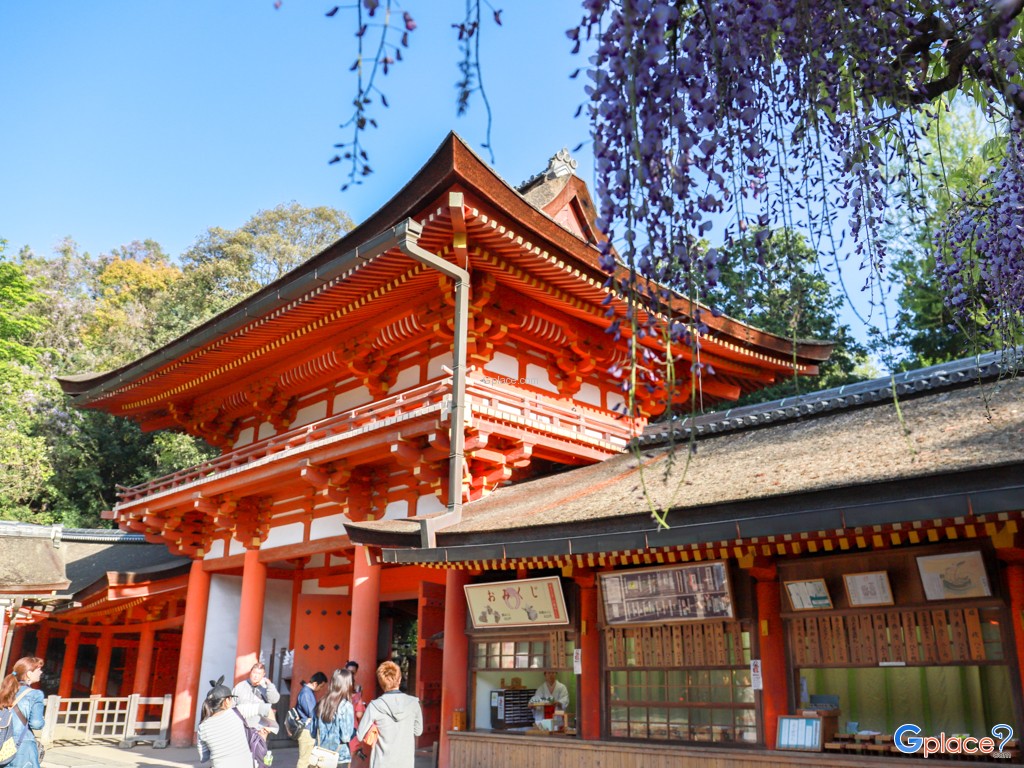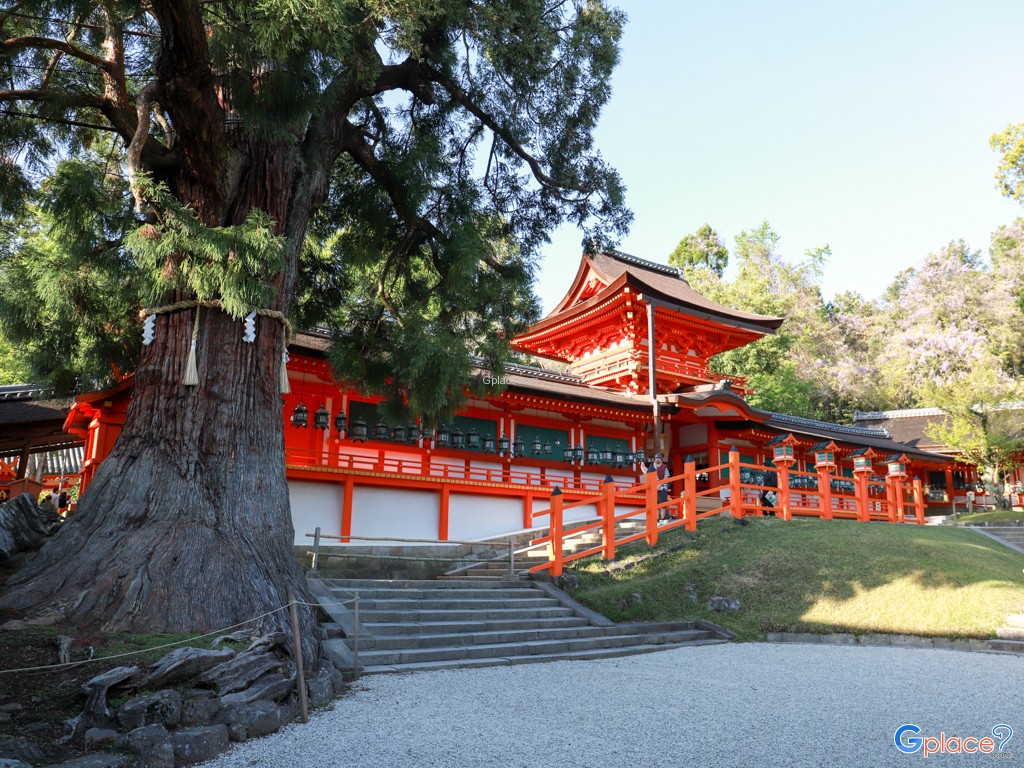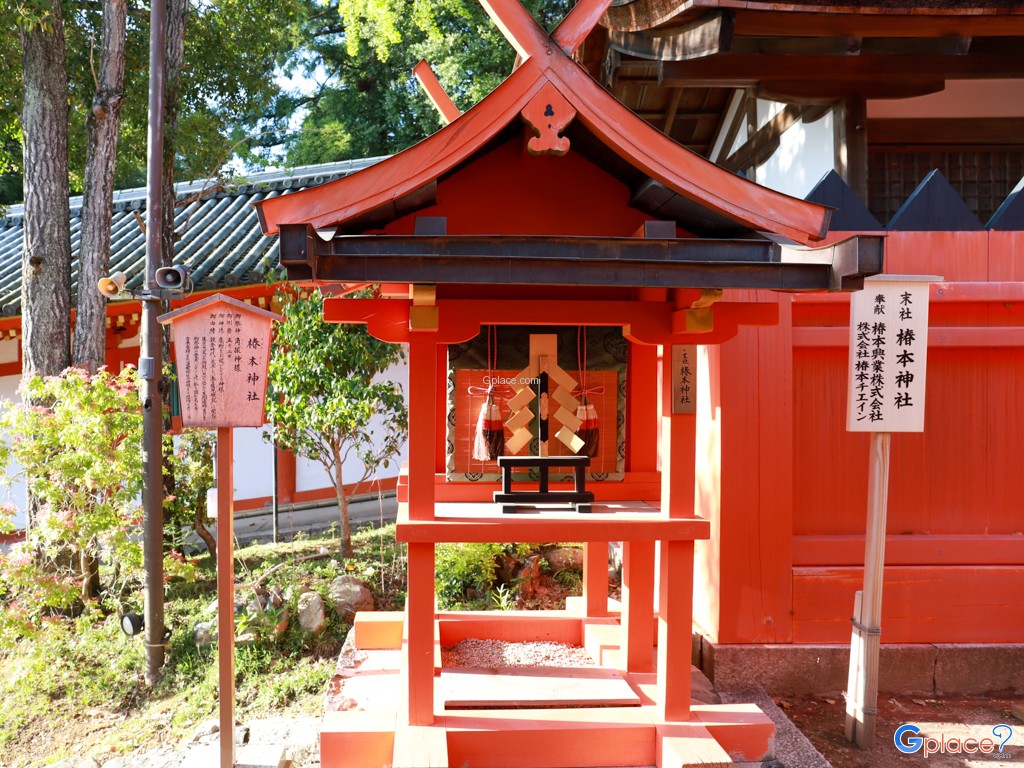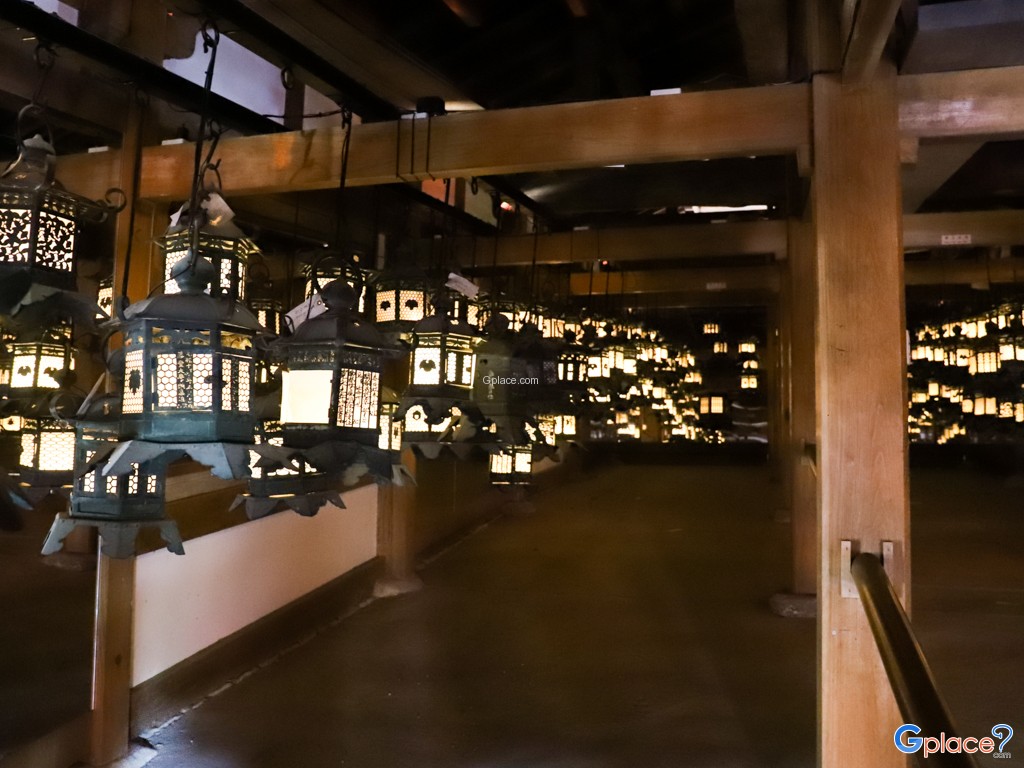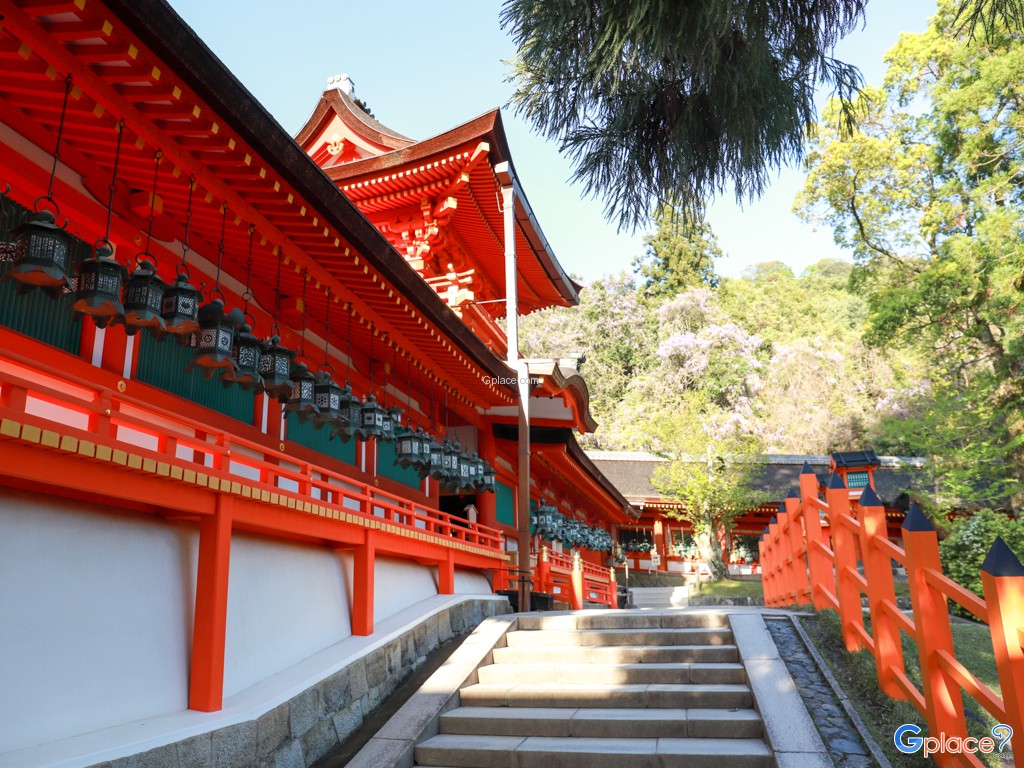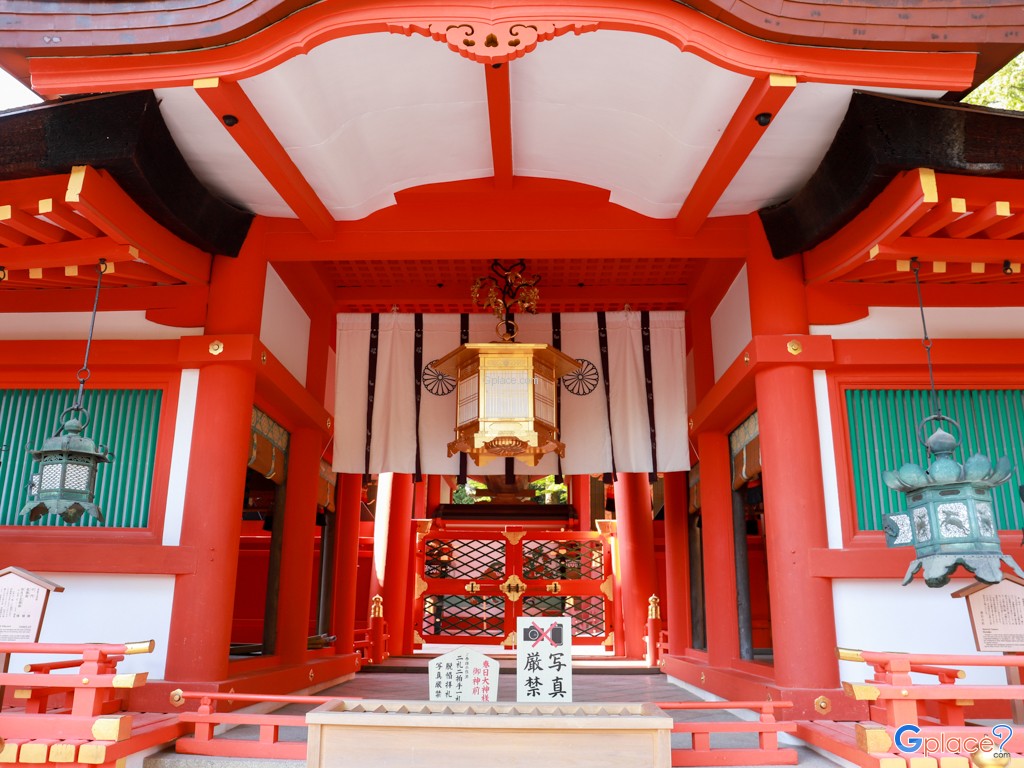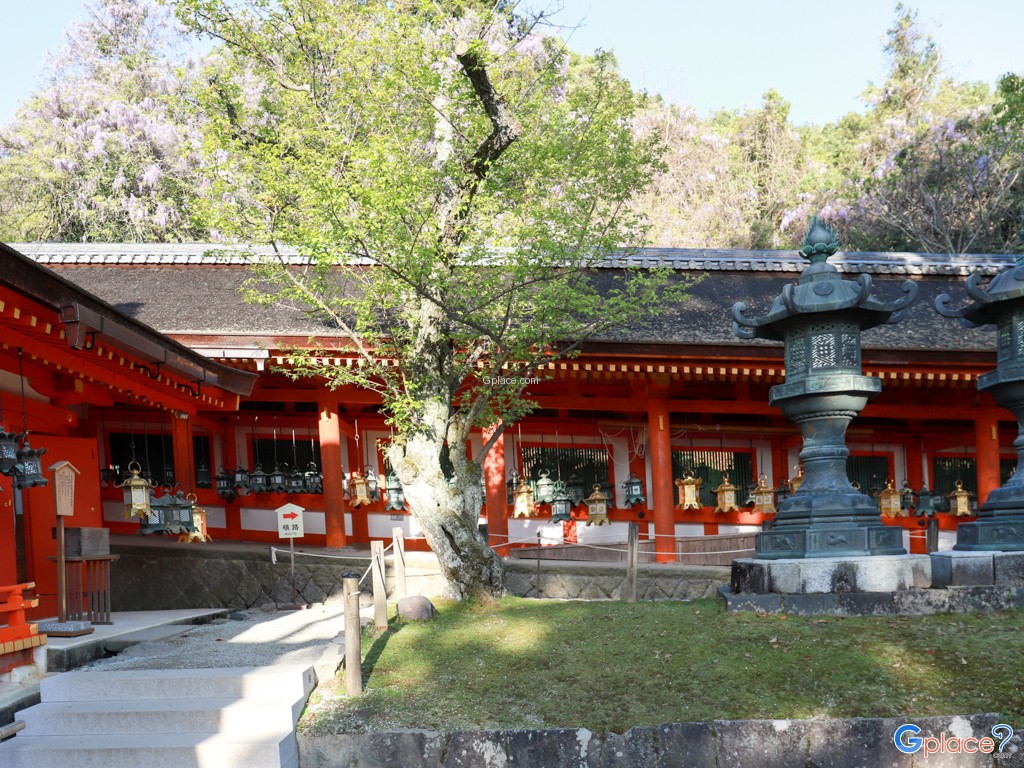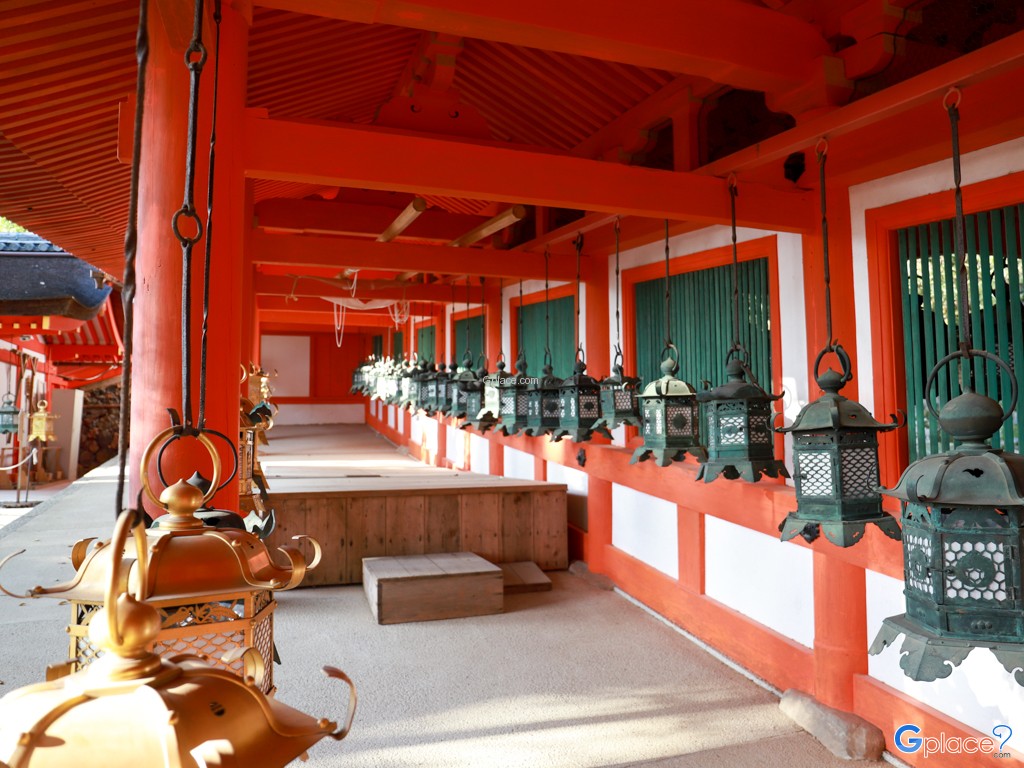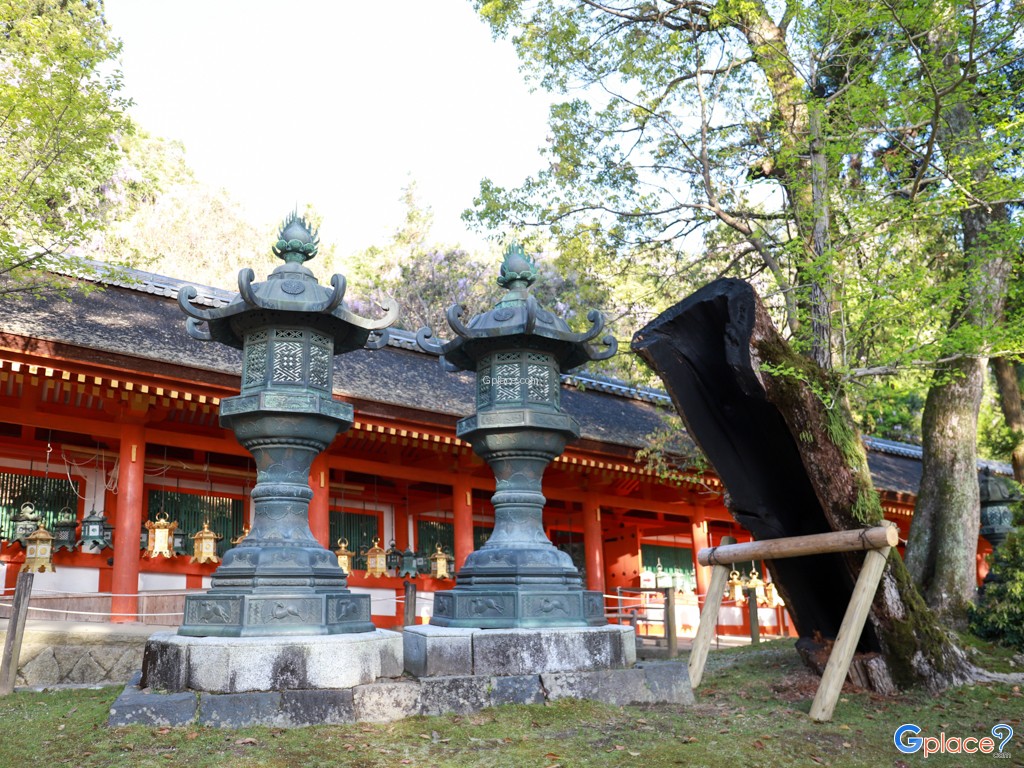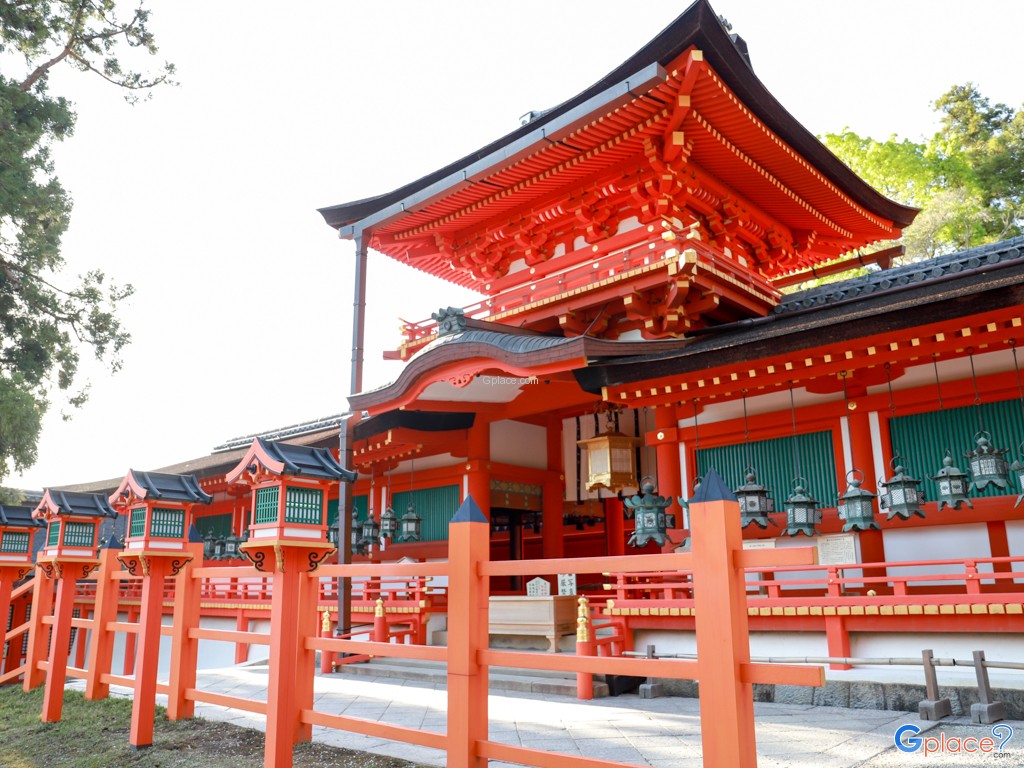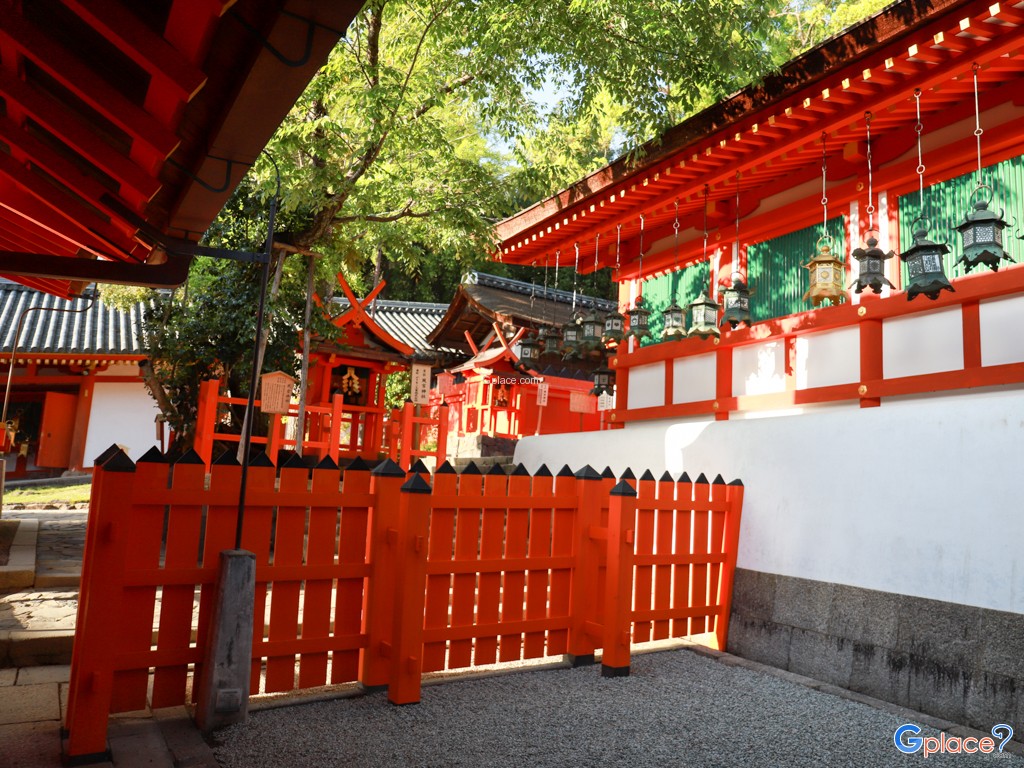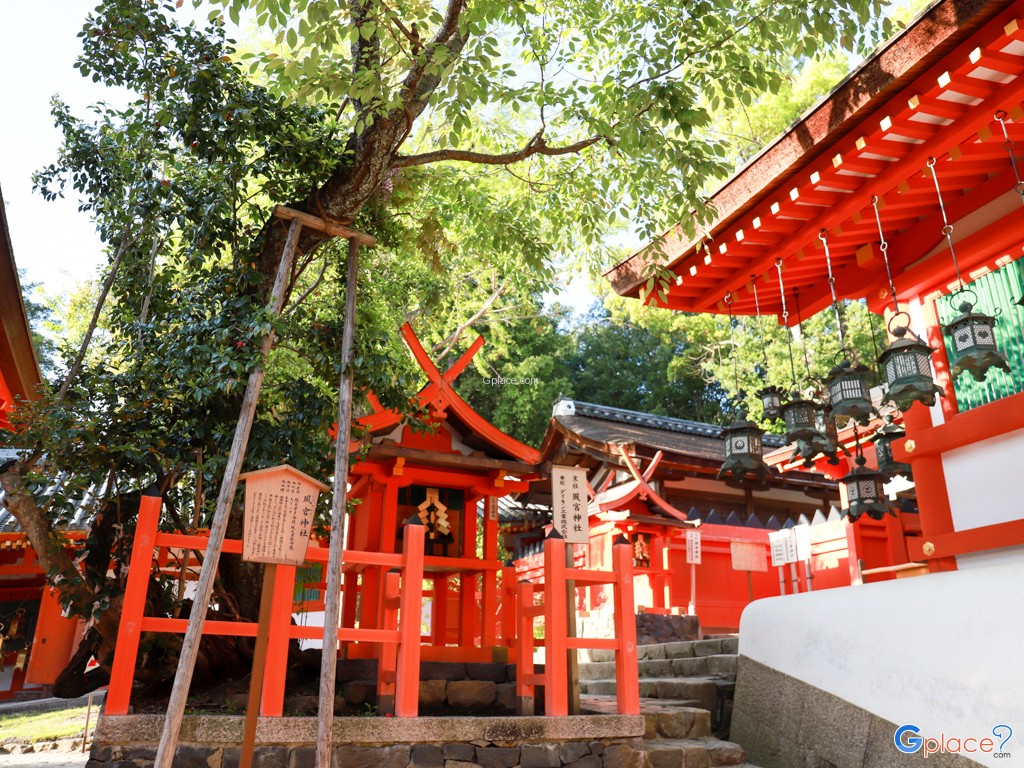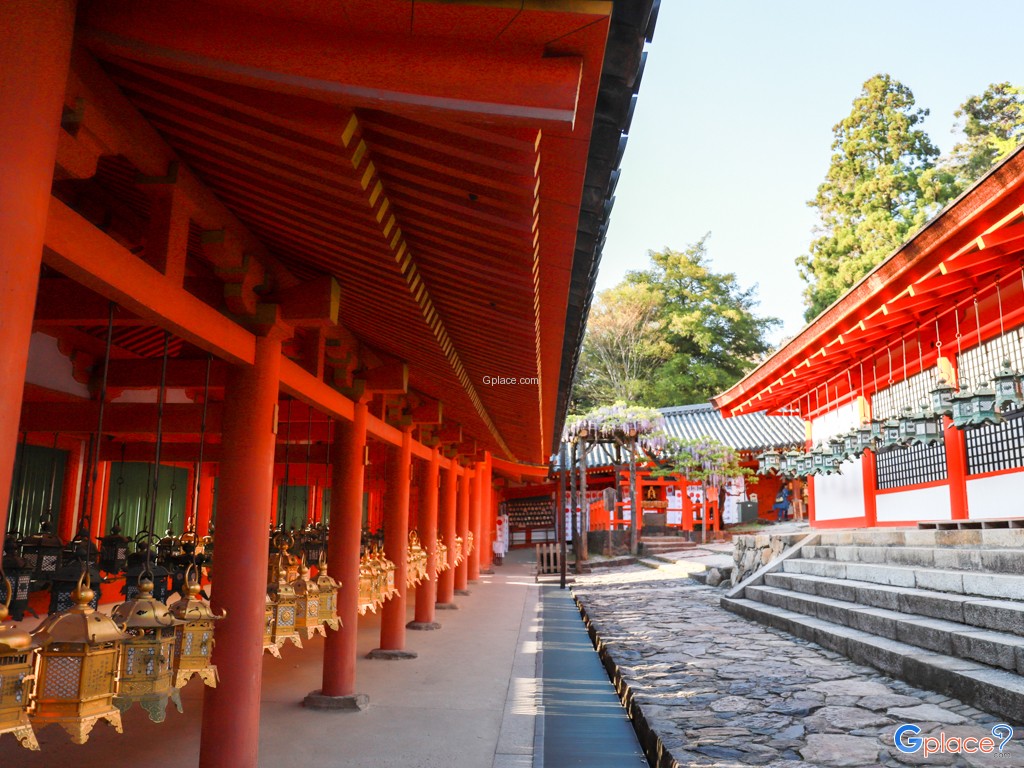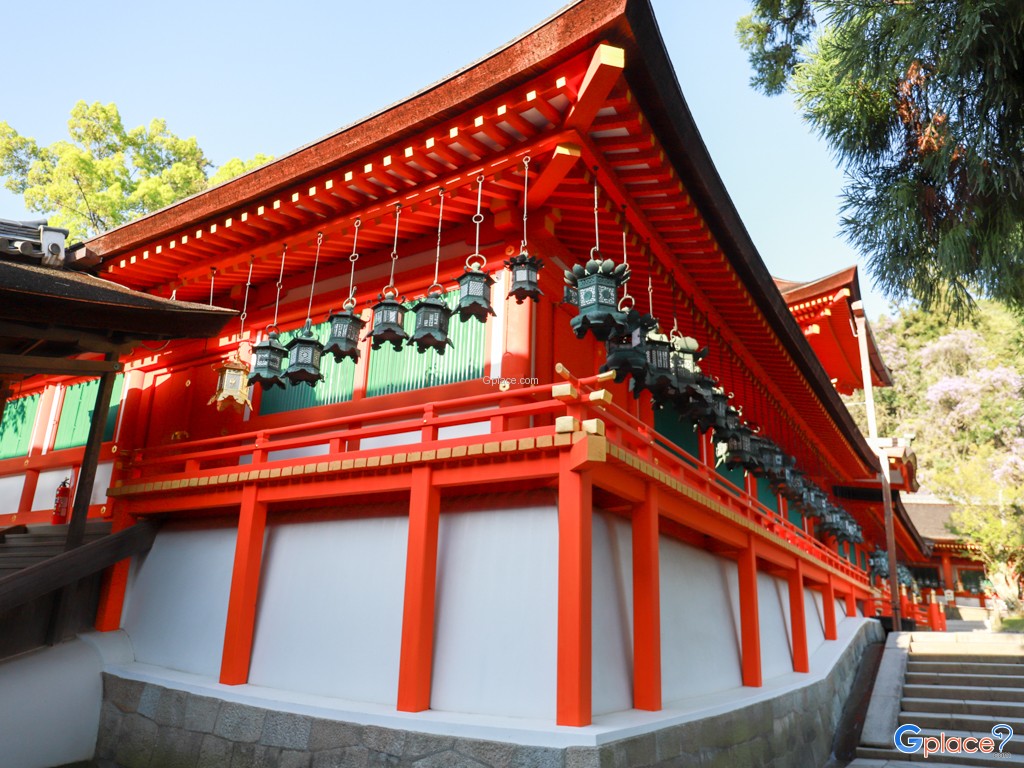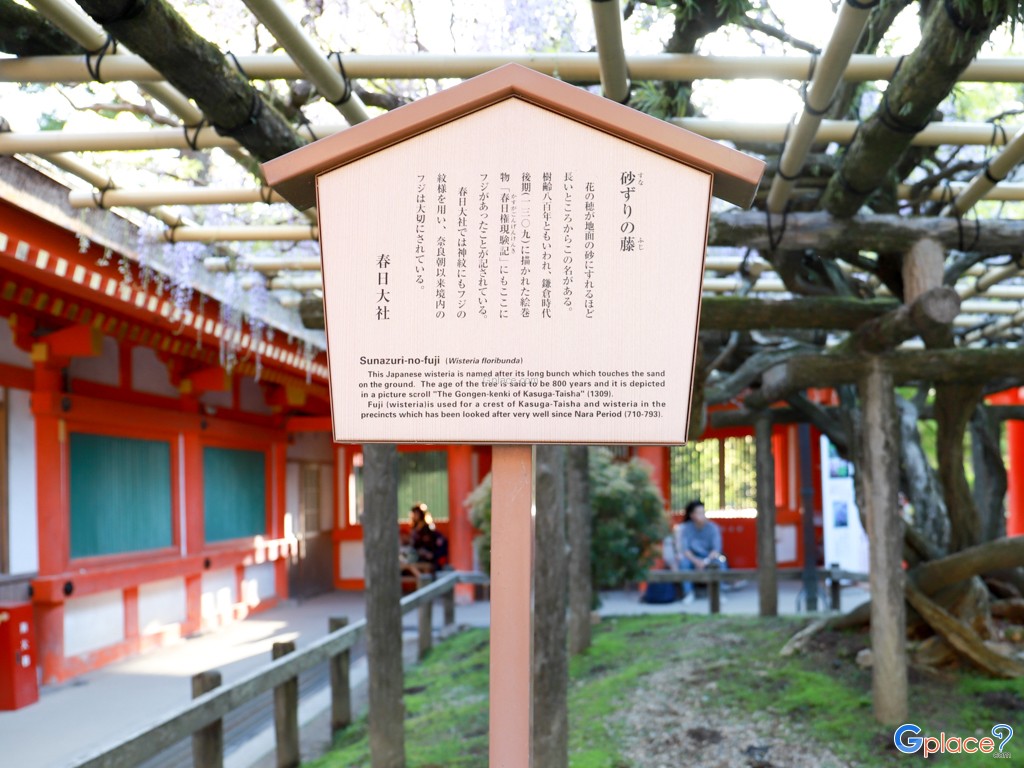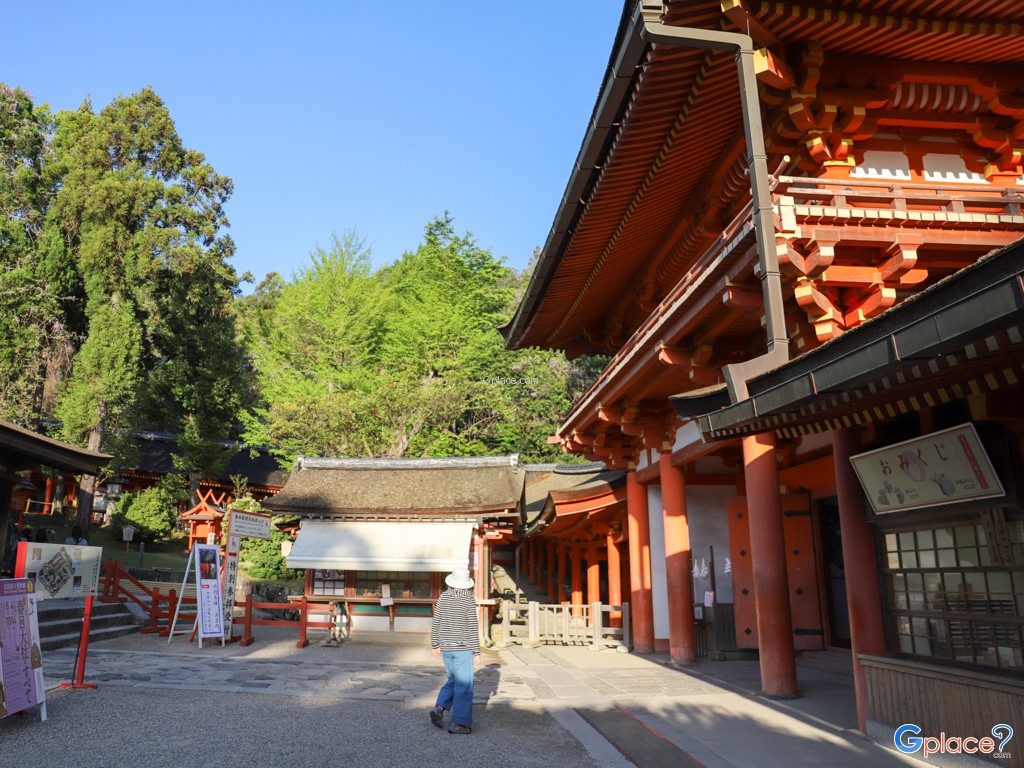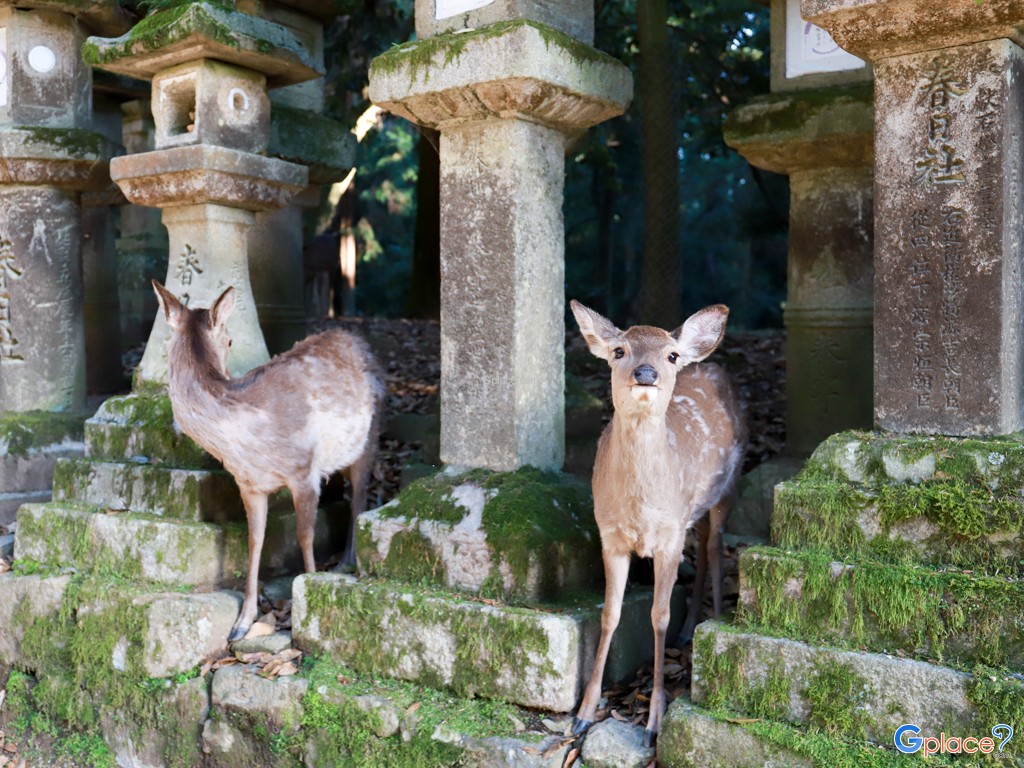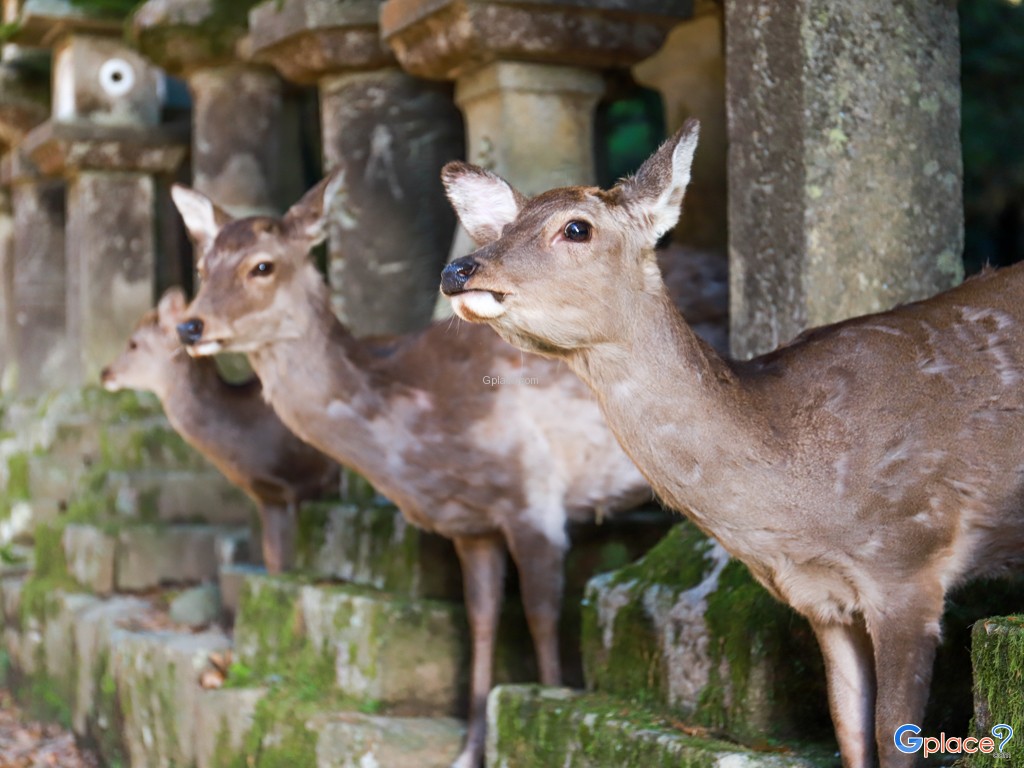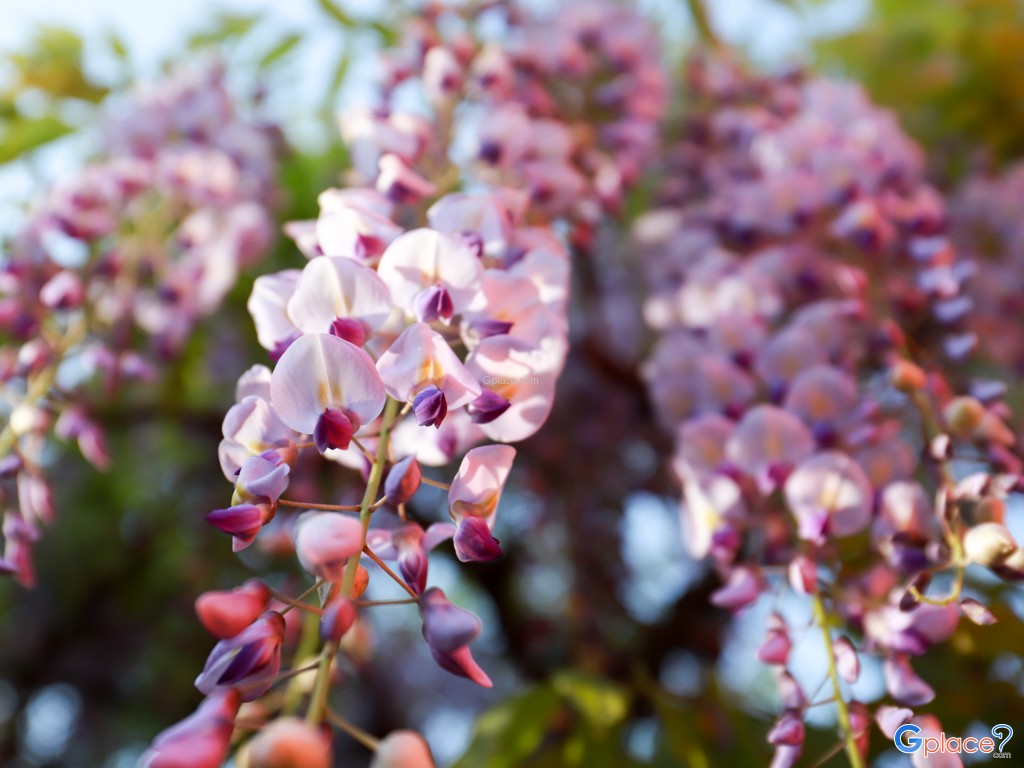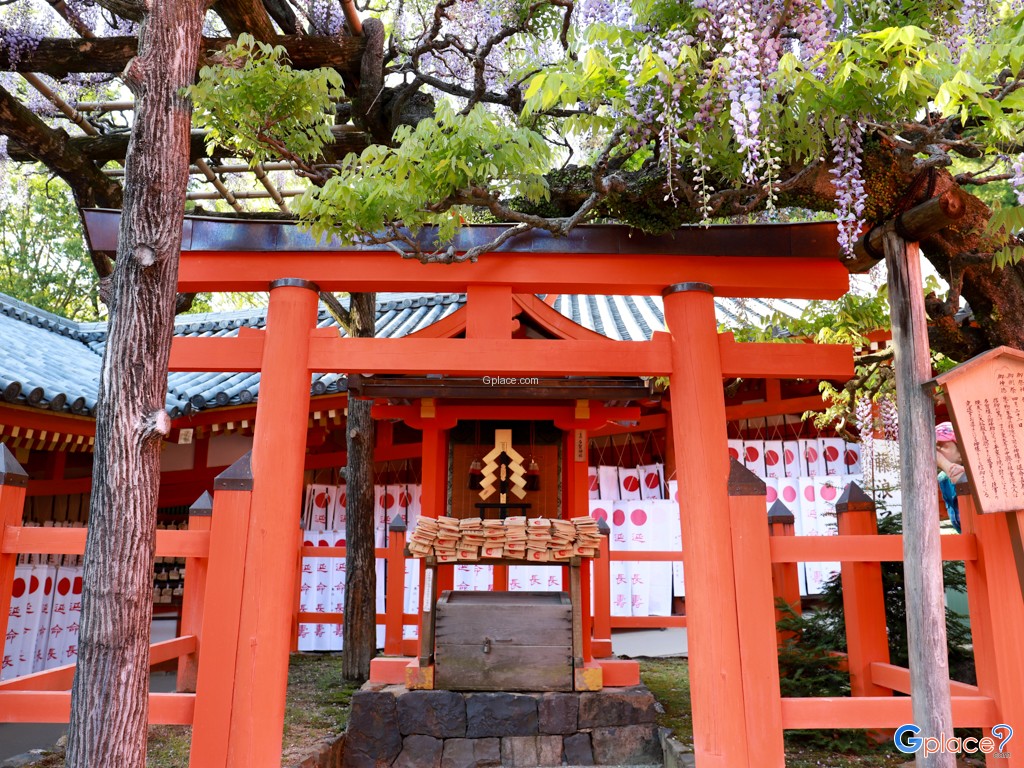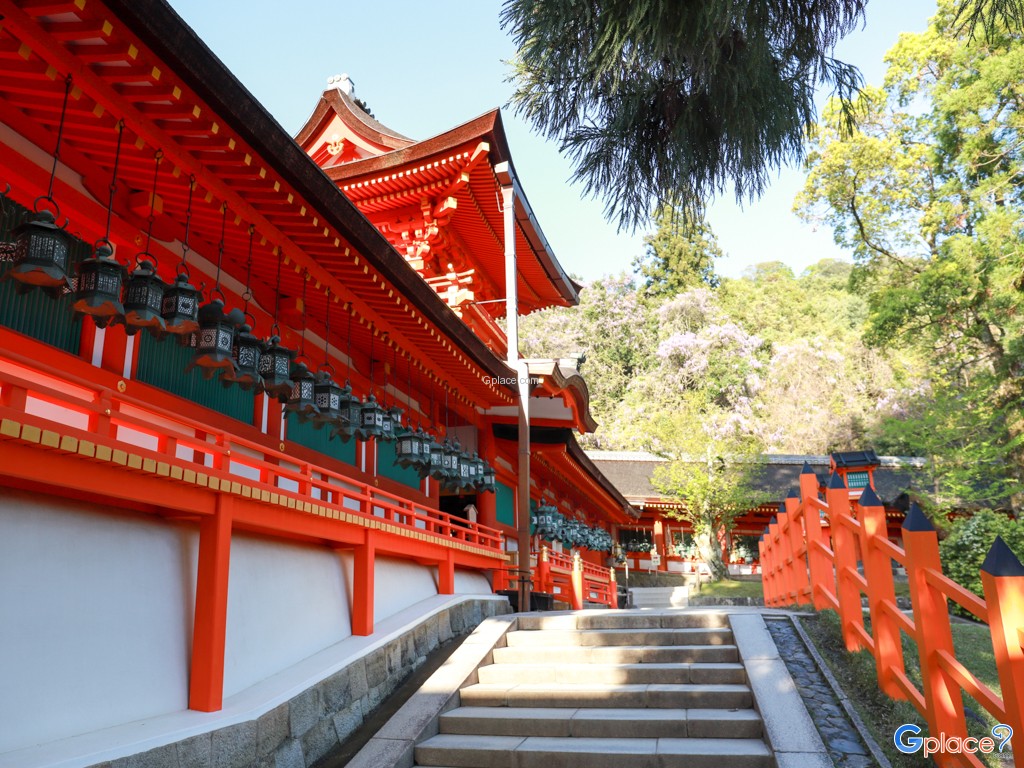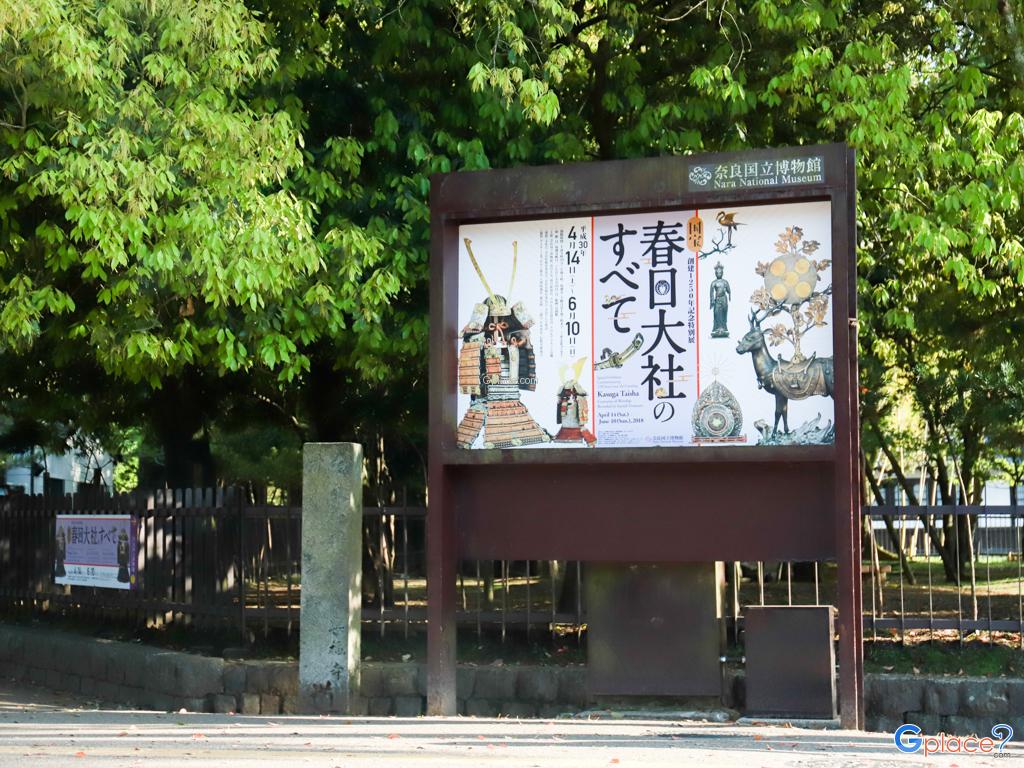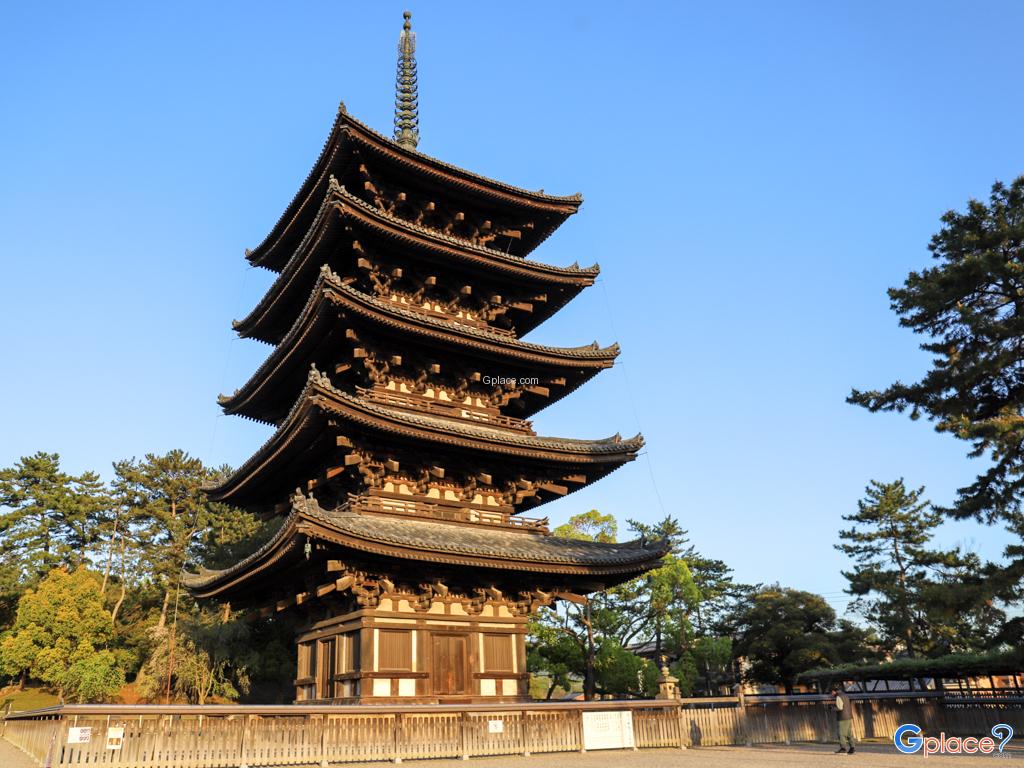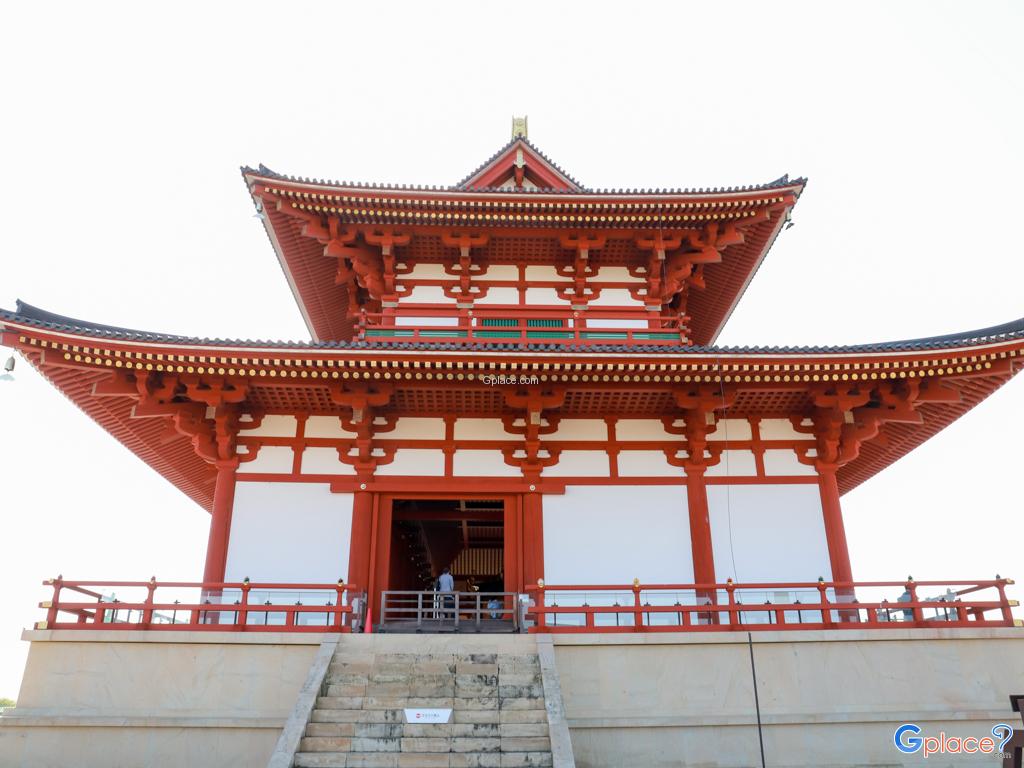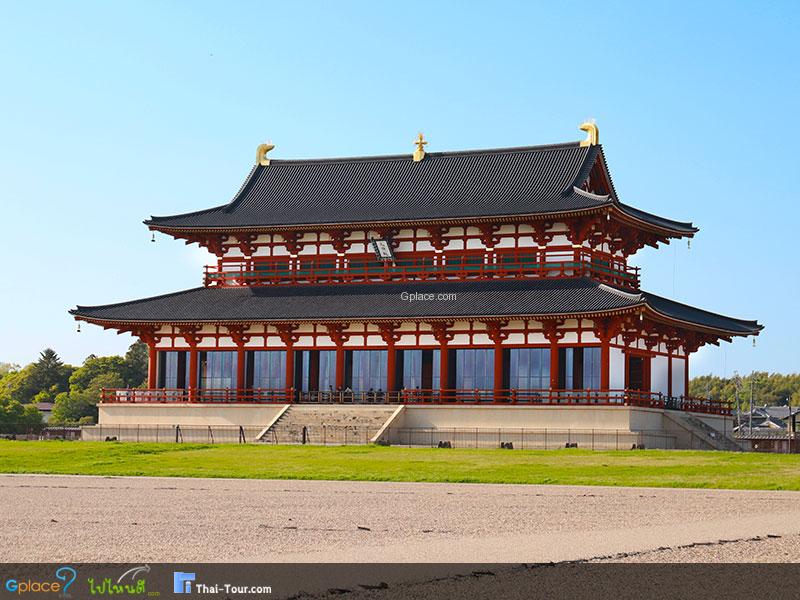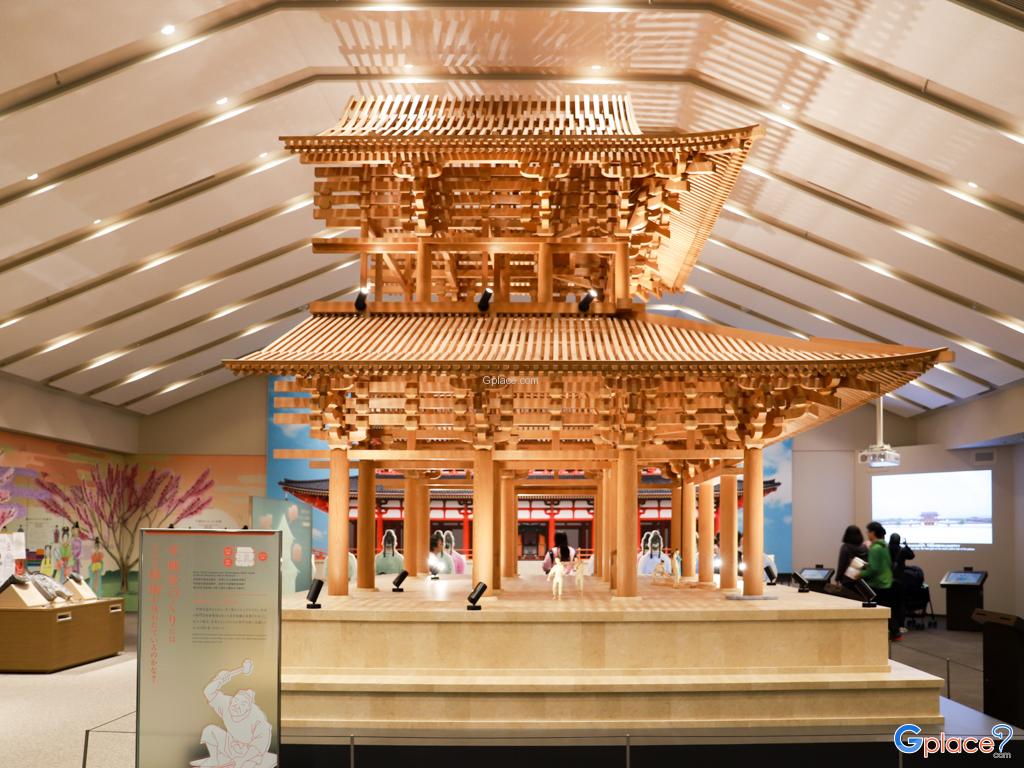“Iconic stone and bronze lanterns, centuries-old wisteria in full bloom, and vivid red shrine buildings set in a forested sacred ground”
Kasuga Taisha Shrine is one of Japan’s most iconic Shinto shrines and a key component of the UNESCO World Heritage Site "Historic Monuments of Ancient Nara." Founded in 768 AD, it served as the guardian shrine of the ancient capital and the ancestral place of worship for the influential Fujiwara clan.
Renowned for its brilliant vermilion architecture, Kasuga-style sloping roofs, and thousands of bronze and stone lanterns, this sacred site creates a deeply mystical atmosphere — especially during the biannual Lantern Festivals in early February and mid-August when the lanterns are lit, casting a magical glow through the forest.
Spring welcomes the stunning bloom of 400-year-old wisteria vines, hanging in long, lavender clusters near the shrine buildings. The ancient cedar tree near the main sanctuary, estimated to be over 800 years old, adds to the shrine’s timelessness.
Twelve auxiliary shrines line the wooded paths, each dedicated to the Twelve Lucky Gods. Notably, Wakamiya Shrine is famous for its traditional dance performances, while Meoto Daikokusha is beloved by couples praying for lasting love.
How to Get There
-
30-minute walk from Kintetsu Nara Station
-
45-minute walk from JR Nara Station
-
Or take a city bus from either station (220 yen) and get off at “Kasuga Taisha Honden” stop
Travel Tips
-
Visit in late April for full-bloom wisteria
-
Come during early February or mid-August for the Lantern Festivals
-
Bring a camera and wear walking shoes for forest trails
-
Deer from Nara Park often roam nearby – they are friendly and symbolic
-
Light snacks and local souvenirs are available near the shrine approach
Admission Fees:
-
Outer grounds: Free
-
Inner area (Main Shrine): Adults 600 yen
Opening Hours:
-
March – October: 6:30 AM – 5:30 PM
-
November – February: 7:00 AM – 5:00 PM
-
Inner area: 9:00 AM – 4:00 PM

















